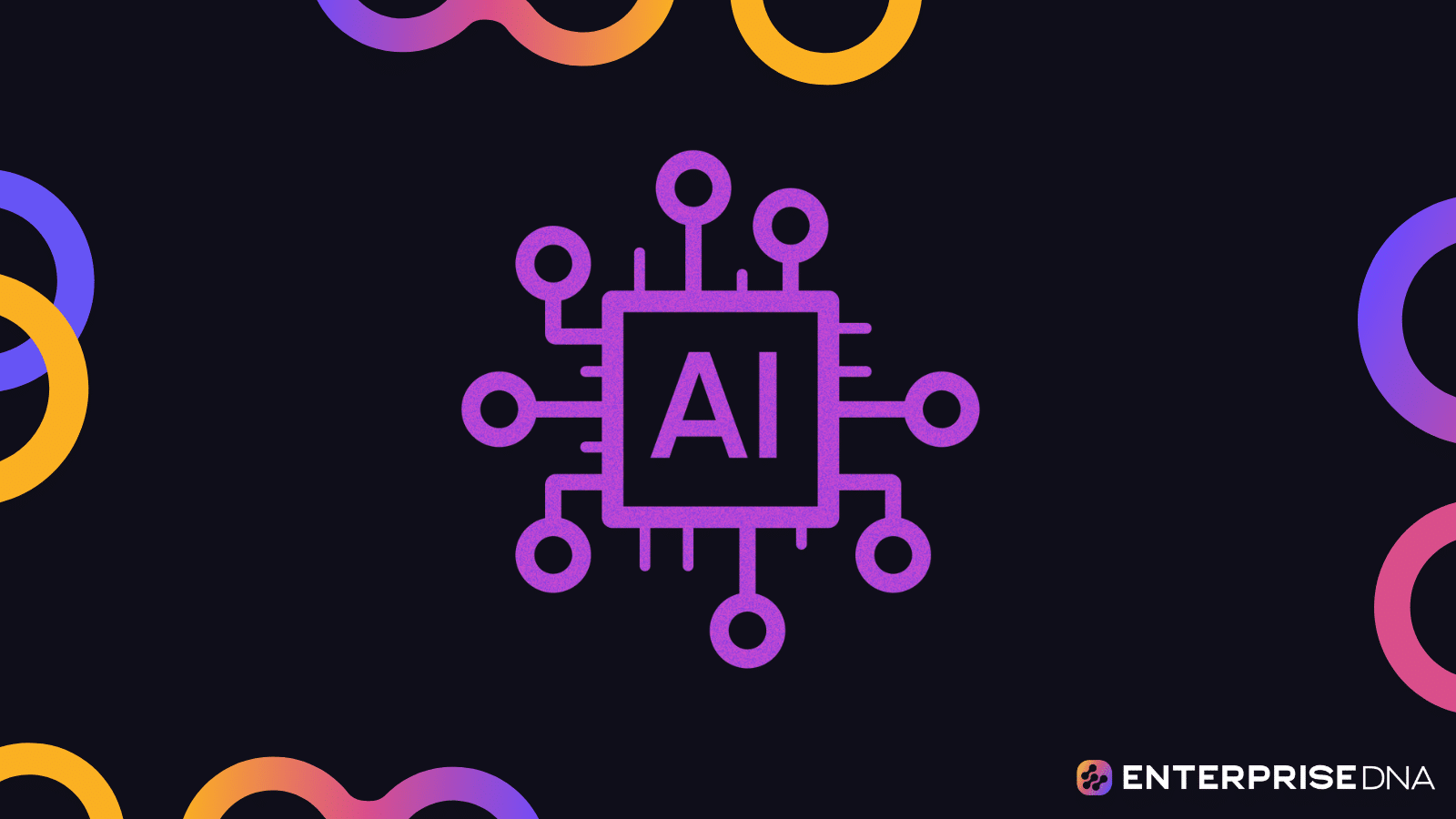In the world of machine learning, two popular techniques stand out: Neural Networks and Decision Trees. Both methods have their strengths and weaknesses, but the question remains: which one is better?
The main difference between Neural Networks and Decision Trees is the way they process information. Neural Networks are highly flexible and can learn complex patterns, but they require a large amount of data and can be computationally expensive. On the other hand, Decision Trees are simple and easy to interpret, but they may not perform well with complex data.
In this article, we will delve into the intricacies of these two machine learning models and help you understand when to use which model.
We will also provide you with the necessary tools to implement these models in your machine learning projects.
Let’s get into it!
Understanding Neural Networks and Decision Trees

Before we can compare Neural Networks and Decision Trees, we must first develop a deep understanding of both these models.
Let’s break down both models into their core components to develop a deep understanding of them.
Understanding Neural Networks
A neural network is a set of algorithms, modeled loosely after the human brain, that is designed to recognize patterns. It interprets sensory data through a kind of machine perception, labeling or clustering raw input.
The patterns that neural networks recognize are numerical, contained in vectors, into which all real-world data, be it images, sound, text, time series, or numerical values, must be translated.
Neural networks help us cluster and classify. You can think of them as a cluster of products, and then you tell the network which products are cat food and which products are dog food, and over time it figures out the differences.
Components of a Neural Network
The following are the main components of a neural network:
- Neurons: The basic building blocks of a neural network. They receive input, apply an activation function to it, and produce an output. The output is weighted, meaning it is assigned a value based on the input’s importance.
- Weights: These are the adjustable parameters of the model that are tuned during the training process. They determine the strength of the connection between two neurons and are what the model learns from the data.
- Layers: Neurons are organized into layers, each with a specific function. The input layer receives the data, the output layer makes the final prediction, and any layers in between are called hidden layers and are responsible for learning and extracting features from the data.
- Activation function: This function is applied to the weighted sum of the inputs of a neuron to produce its output. It introduces non-linearity into the model, which is essential for learning complex patterns. Common activation functions include the sigmoid, tanh, and ReLU (Rectified Linear Unit).
- Backpropagation: This is the learning algorithm for neural networks. It’s a method for efficiently training artificial neural networks that adjusts the weights of connections by minimizing the difference between actual output and desired output.
- Learning rate: This is a hyperparameter that controls how much the weights of the model are adjusted during training. A high learning rate may cause the model to converge quickly but overshoot the optimal weights, while a low learning rate may cause the model to learn very slowly.
Understanding Decision Trees
Decision Trees are a type of supervised learning algorithm that is mostly used for classification problems. The model creates a flowchart-like tree structure where an internal node represents a feature or attribute, the branch represents a decision rule, and each leaf node represents the outcome or class label.
These are some of the features of Decision Trees:
- Simple to understand and interpret. People are able to understand decision tree models after a brief explanation.
- Requires little data preparation. Other techniques often require data normalisation, dummy variables need to be created and blank values to be removed. However, decision trees can handle data which hasn’t been prepared.
- Able to handle both numerical and categorical data. Other techniques are usually specialised in analysing datasets that have only one type of variable.
- Uses a white box model. If a given situation is observable in a model, the explanation for the condition is easily explained by boolean logic. By contrast, in a black box model (e.g., in an artificial neural network), results may be more difficult to interpret.
- Possible to validate a model using statistical tests. That makes it possible to account for the reliability of the model.
- Performs well with large datasets. Large amounts of data can be analysed using standard computing resources in an acceptable amount of time.
- Extremely fast. A large dataset can be trained in a matter of seconds.
Components of a Decision Tree
A decision tree is made up of the following components:
- Root Node: The root node represents the entire dataset and the initial feature to split on.
- Internal Node: An internal node represents a feature in the dataset and a decision rule based on that feature. It splits the dataset into smaller sub-datasets.
- Leaf Node: A leaf node represents the outcome or the class label. It is the end of the decision process and does not split the dataset further.
- Branches: The paths from the root node to the leaf nodes are called branches. Each branch represents a decision or a rule based on the feature at the internal node.
Advantages and Disadvantages of Decision Trees
Advantages of Decision Trees are:
- Decision trees can handle both continuous and categorical data.
- Decision trees require relatively little effort from users for data preparation.
- Non-linear relationships between parameters do not affect tree performance.
- Decision trees are robust to outliers and errors in the data.
Disadvantages of Decision Trees are:
- Decision trees can create complex trees that do not generalize well.
- Decision trees are sensitive to small changes in the data, leading to different trees.
- Decision trees can create biased trees if some classes dominate.
- Decision trees are prone to overfitting, especially with many levels.
Difference Between Neural Networks and Decision Trees
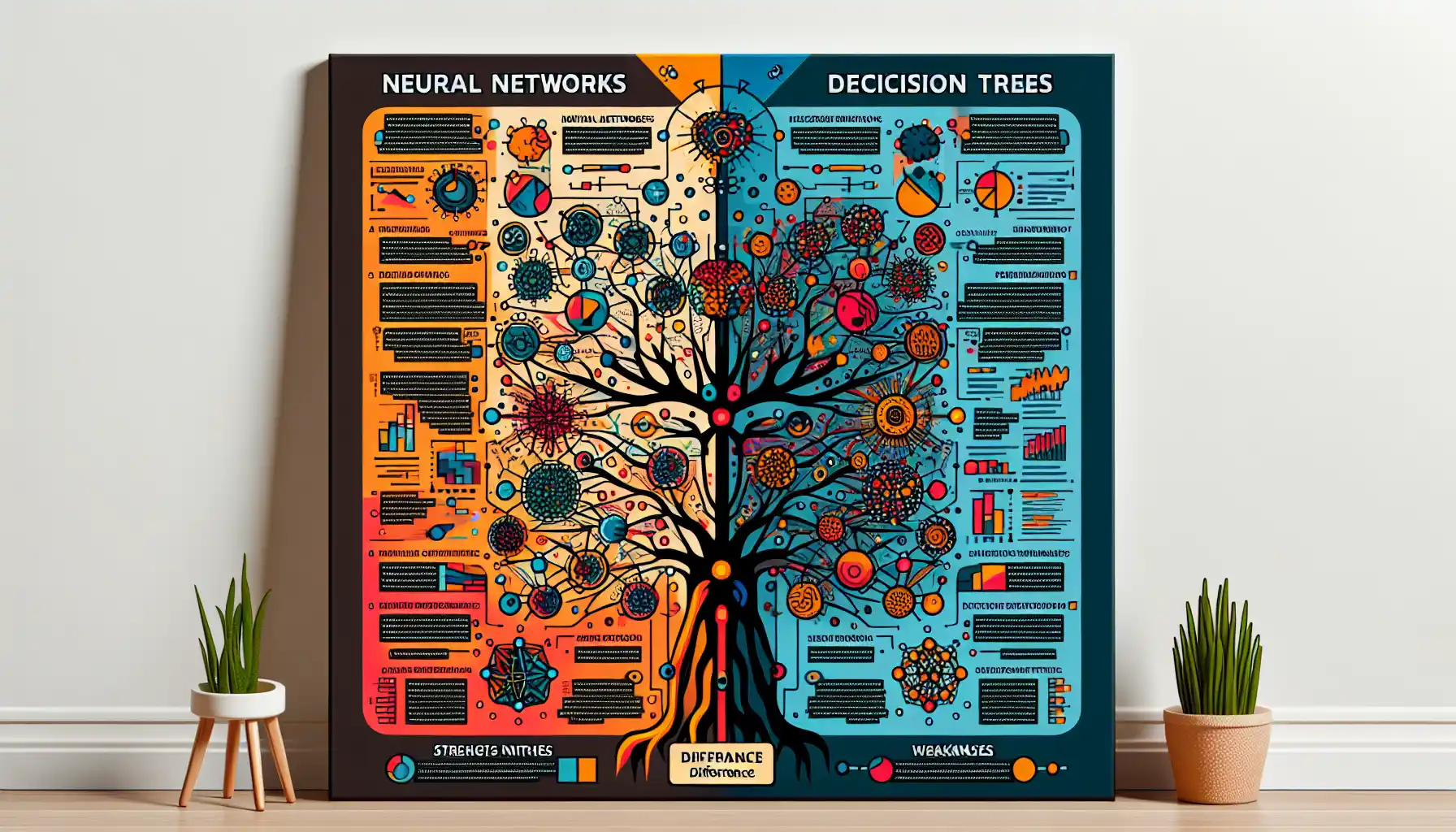
Now that we have laid down the groundwork, let’s talk about the difference between Neural Networks and Decision Trees.
1. Working of Neural Networks and Decision Trees
The main difference between neural networks and decision trees lies in the way they make predictions.
Neural Networks: They are like a “black box” where you feed in data, and it learns to make predictions without you explicitly telling it what to look for. Neural networks learn by adjusting their internal weights based on the input data.
Decision Trees: On the other hand, are like a flowchart where each decision is based on a specific feature of the data. They are easy to interpret and understand, but they may not be as accurate as neural networks for complex problems.
2. Data Complexity of Neural Networks and Decision Trees
Another key difference is in the type of problems they can solve.
Neural Networks: They are highly flexible and can learn complex patterns in data. They are well-suited for tasks like image and speech recognition, where the input data is high-dimensional.
Decision Trees: Are more suited for simpler problems with fewer input variables. They are often used in business and finance for tasks like credit scoring or fraud detection.
3. Accuracy of Neural Networks and Decision Trees
In general, neural networks tend to be more accurate than decision trees, especially for complex problems and large datasets. However, they are also more computationally expensive and require a lot of data to train effectively.
On the other hand, decision trees are faster to train and can work well with small datasets, but they may struggle with problems that have a lot of input variables or complex patterns.
4. Interpretability of Neural Networks and Decision Trees
One of the main advantages of decision trees is that they are easy to interpret and understand. You can look at the tree and see exactly how it’s making predictions, which is important in fields like medicine or finance where the reasons for a prediction are as important as the prediction itself.
Neural networks, on the other hand, are often described as “black boxes” because their internal workings are not as transparent. While efforts are being made to make neural networks more interpretable, they still have a long way to go in this area.
5. Hyperparameters and Neural Networks and Decision Trees
Finally, both models have their own set of hyperparameters that need to be tuned to get the best performance.
Neural Networks: These include things like the number of hidden layers, the number of neurons in each layer, and the learning rate. Tuning these hyperparameters can be time-consuming and requires a good understanding of the problem domain.
Decision Trees: They have fewer hyperparameters, such as the depth of the tree or the minimum number of samples required to split a node. While tuning decision tree hyperparameters is generally easier, it still requires some experimentation to find the best settings.
When to Use Neural Networks and Decision Trees
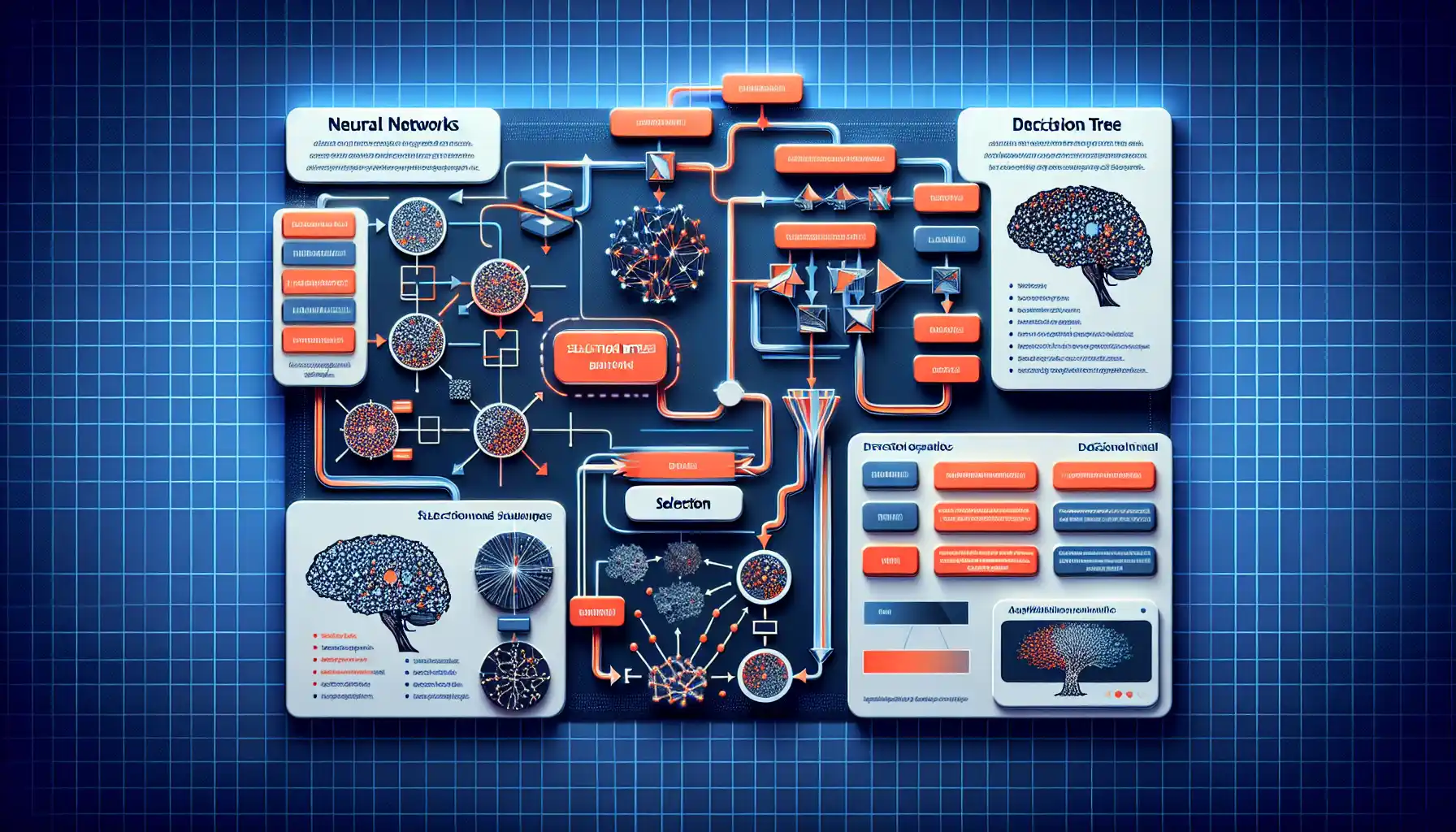
In this section, we will help you understand when you should use a neural network and when a decision tree will be more suitable.
When to Use Neural Networks
You should use a neural network in the following situations:
- You have a large amount of data, and the problem is complex.
- You want to build a model that can automatically learn from the data without you having to explicitly tell it what to look for.
- You are working on a problem that involves high-dimensional data, like images, speech, or text.
- You have the computational resources to train and run a neural network, as they can be quite demanding in terms of memory and processing power.
When to Use Decision Trees
You should use a decision tree in the following situations:
- You have a smaller amount of data, and the problem is relatively simple.
- You want a model that is easy to interpret and understand, especially if you need to explain the reasons behind a prediction to others.
- You want a model that is fast to train and run, and can work well with limited computational resources.
- You are working on a problem with a small number of input variables, and the relationships between those variables are not too complex.
How to Implement Neural Networks and Decision Trees
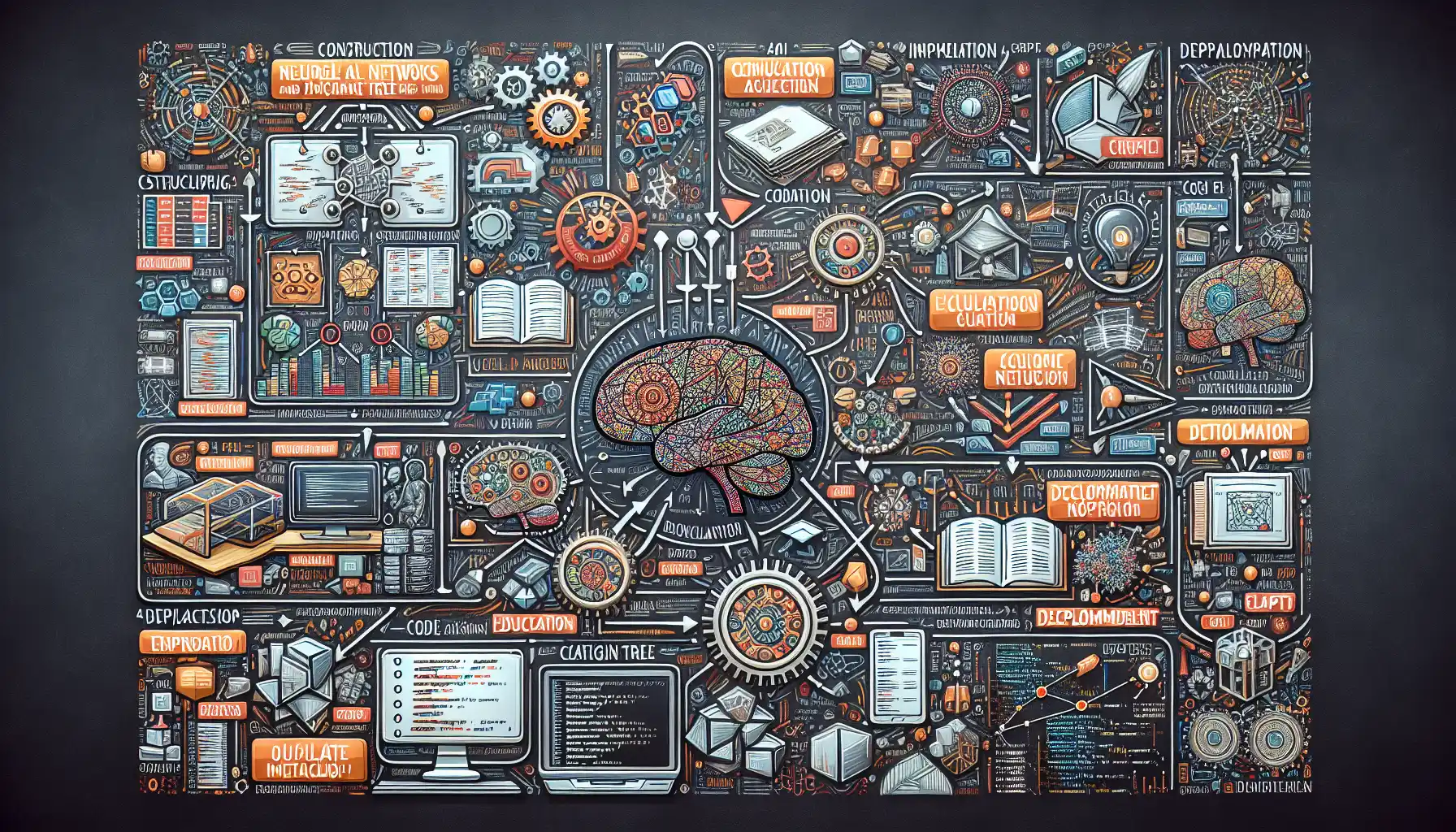
In this section, we will guide you on how you can implement both Neural Networks and Decision Trees using Python.
How to Implement a Neural Network
You can implement a neural network using libraries such as Tensorflow, Keras, or PyTorch. In this example, we will use Keras, which is a high-level neural networks API, written in Python and capable of running on top of TensorFlow.
You can install Keras by running the following command in your terminal:
Now, let’s build a simple neural network for a classification problem. This example will be using the Iris dataset, which is included in scikit-learn.
Here is the complete code for the implementation of a neural network using Keras:
The neural network model has three layers: an input layer with four neurons (one for each feature in the Iris dataset), a hidden layer with 10 neurons, and an output layer with three neurons (one for each class in the Iris dataset).
We are using the ‘relu’ activation function for the hidden layer and the ‘softmax’ activation function for the output layer.
The loss function is ‘categorical_crossentropy’, which is suitable for multi-class classification problems. The optimizer is ‘adam’, which is an efficient gradient descent optimization algorithm.
How to Implement a Decision Tree
You can implement a decision tree using the scikit-learn library in Python. First, you need to install the scikit-learn library using the following command in your terminal:
Now, let’s build a simple decision tree model for the Iris dataset. Here’s the complete code:
The decision tree model is created using the DecisionTreeClassifier class from scikit-learn. We are using the Gini impurity as the criterion for splitting nodes.
The maximum depth of the tree is set to 3, and the minimum number of samples required to split a node is set to 5. The model is trained using the fit method, which takes the input features (X) and the target classes (y) as input.
Final Thoughts
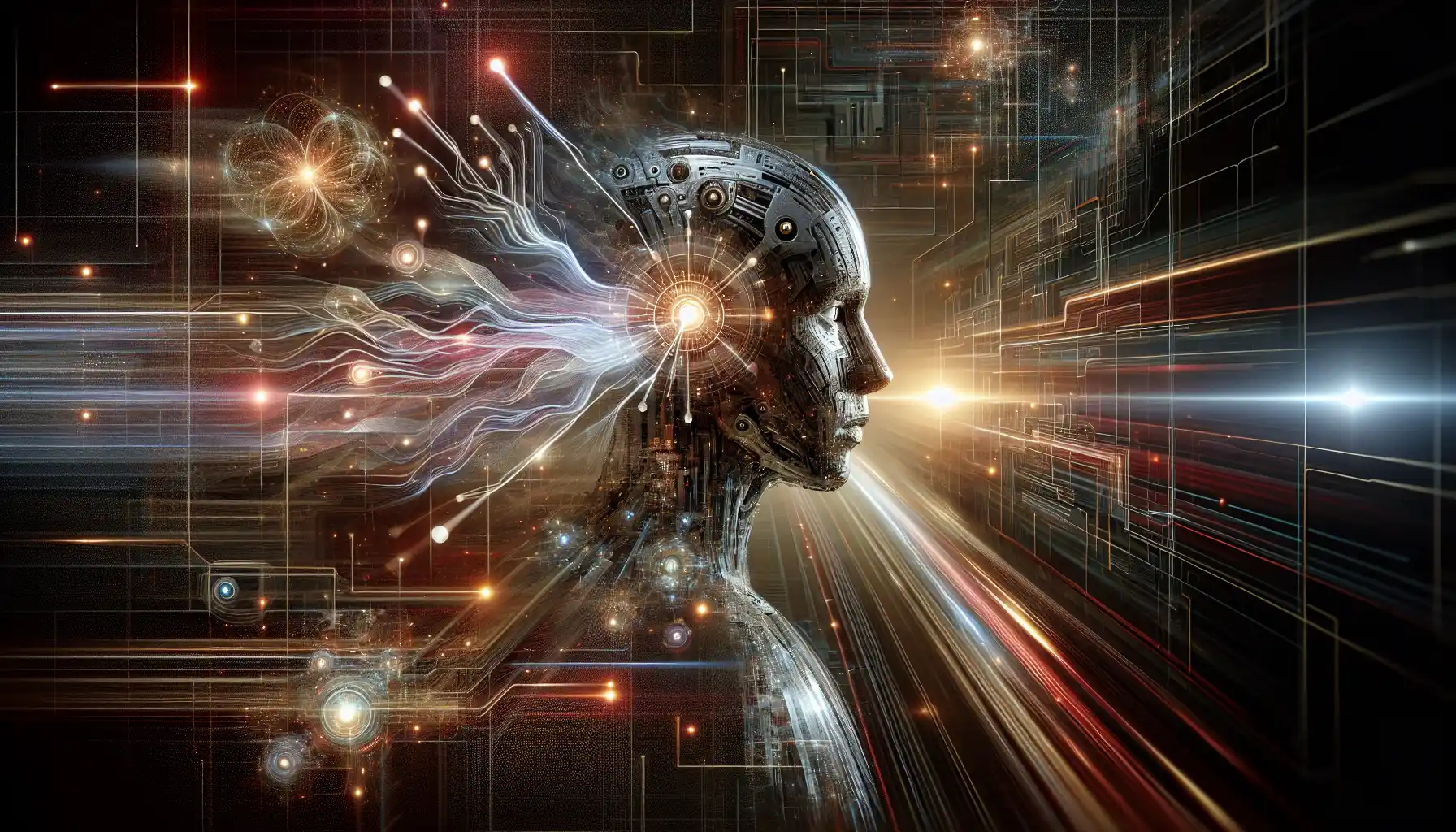
The main difference between Neural Networks and Decision Trees is that Neural Networks are a more advanced machine learning model that can learn from data and make predictions, while Decision Trees are a simpler model that makes decisions based on rules.
In general, neural networks tend to be more accurate and can handle more complex problems, but they also require more data and computational resources.
On the other hand, decision trees are easier to interpret and can work well with smaller datasets, but they may not be as accurate for complex problems.
Both models have their strengths and weaknesses, and the choice between them depends on the specific requirements of the problem at hand.
Frequently Asked Questions
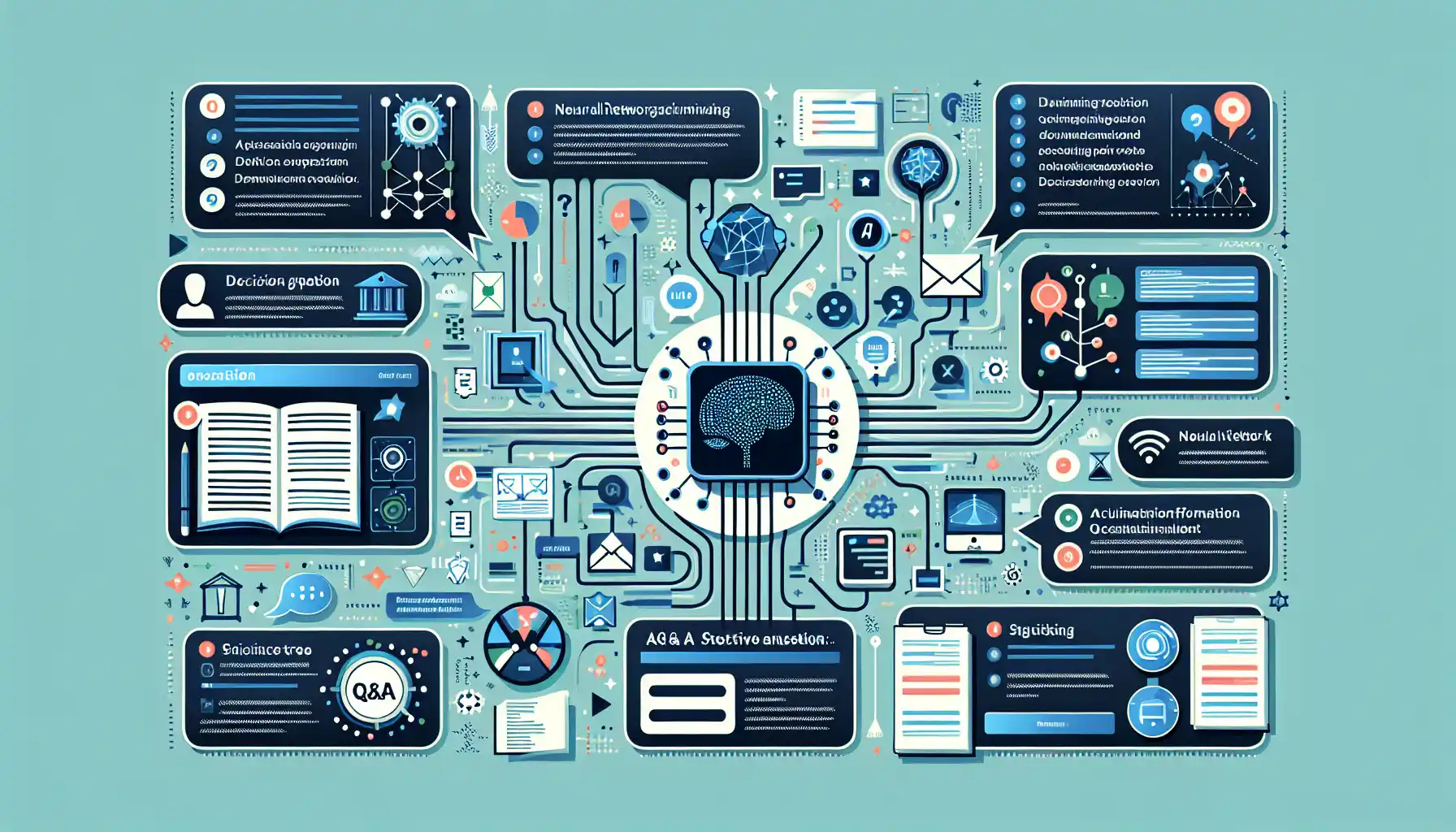
In this section, you will find some frequently asked questions you may have when working with Neural Networks and Decision Trees.
What are the main differences between decision trees and neural networks?
The main difference is that decision trees make decisions based on rules, while neural networks learn from data.
Decision trees are easier to interpret and can work well with smaller datasets, but they may not be as accurate for complex problems.
On the other hand, neural networks are more accurate and can handle more complex problems, but they require more data and computational resources.
How are decision trees and neural networks used in practice?
Decision trees are used in many fields, such as business and finance, for tasks like credit scoring or fraud detection.
They are also used in medical diagnosis and in expert systems for decision support.
Neural networks are used in image and speech recognition, natural language processing, and many other fields.
They are the foundation of deep learning, which has revolutionized many areas of artificial intelligence.
What are the similarities and differences between decision trees and artificial neural networks?
The main similarity is that both decision trees and artificial neural networks are machine learning models that can make predictions.
The main difference is that decision trees make decisions based on rules, while neural networks learn from data.
What is the relationship between decision trees and artificial neural networks?
Decision trees and artificial neural networks are both machine learning models, but they are different in how they make decisions.
Some algorithms, like Random Forest, use both decision trees and artificial neural networks in combination to improve accuracy.

